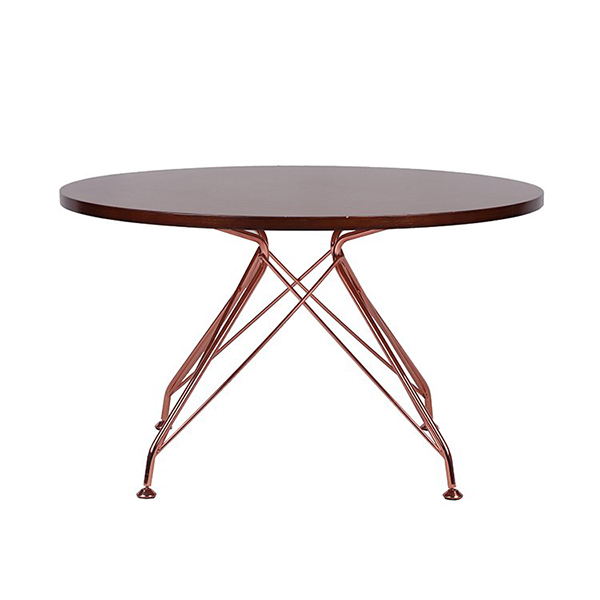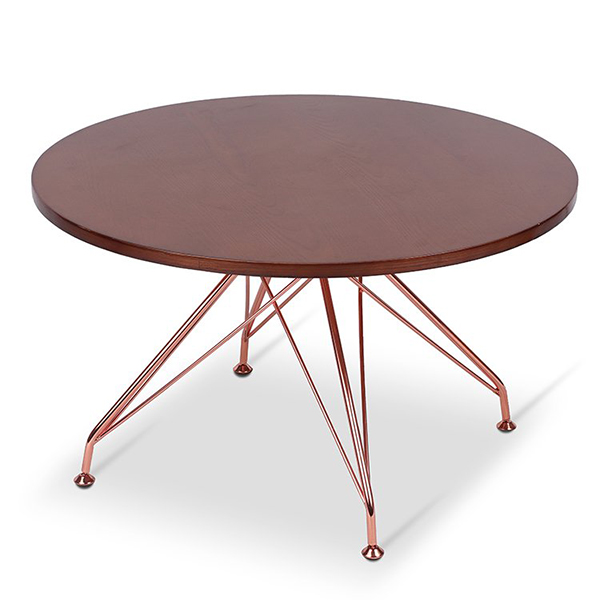The Wire Furniture Factory
The choice of wood for a coffee table is determined by aesthetics, design, application, cost or preference of materials. The architecture of a room, or design of the table makes a difference. Wood for a coffee table can be broken into two basic categories: The use of hardwood provides elegance. Softwood provides rustic ambiance and economy.
Softwood Tables
Softwood is one of the most affordable wood species. Available softwoods include pine and fir, but because it is soft, poplar -- which is actually a hardwood -- should also be included with the softwoods. In descending order of hardness per the Janka Hardness scale, fir ranks 660, poplar ranks 540, and pine, the softest of the three, averages about 400.
Pine
If you're building a table for a lodge, cabin or rustic cottage, pine is typically the best choice. It's got the knots, swirls and amber color that enhance the decor. If you're building the table in close approximation to architectural features containing a pole design, staircases for example, it should be pine.

Fir
Fir is a harder cousin of pine. It has less character than pine, with straighter grain, and fewer knots. It's stronger and more durable than pine. Use it for a sturdier table, but with a similar rustic ambiance. Slightly more expensive than pine, it remains less expensive than any type of hardwood.
Poplar
Poplar is one of the straightest, most user-friendly woods available. It lacks the grain patterns of fir and pine, but its resilience makes it a pleasure to work with. Its whitish color and straight, closed grain lend it to paint-grade tables. It's about the same cost as fir, but sands smoother and is less likely to splinter.
Maple
As one of the hardest domestic hardwoods, maple ranks 1,450 on the Janka scale. Use it for the most durable table you can imagine. It lacks the bold grain patterns of oak, but it's creamy consistency and glassy finish adds class to a coffee table.
Mahogany
Mahogany is widely available domestically, even though it's imported. Slightly soft, averaging about 800 on the Janka scale, depending on it's originating country, mahogany is somewhat pliable. With close, straight grain, mahogany has uniformity not found in other hardwoods. Mahogany is prized for it's warm, orange-to-reddish tint, and requires only a natural clear finish. Use mahogany if you plan on doing designs or carvings.

Tabletop Concerns
Solid wood is typically not recommended for tabletops. Solid wood can move. It can warp, crack or split when tension created by differing humidity levels, pulls it in different directions. Plywood, made by overlapping layers of wood perpendicularly, doesn't suffer from same problem. Plywood is the best choice for a tabletop.
Wood Composites
Manufactured wood is typically avoided for coffee tables -- unless you're going for economy. However, some laminated products, such as MDL or medium-density-fiberboard, offer a realistic grain pattern that is water-resistant, but it lacks the character of plywood or solid wood. Use it for tables that might take a beating, such as in an office or work environment.
If you're interested in our products, please contact us we provide all kinds of coffee tables, wood , glass top, marble top, gun metal wire base etc.